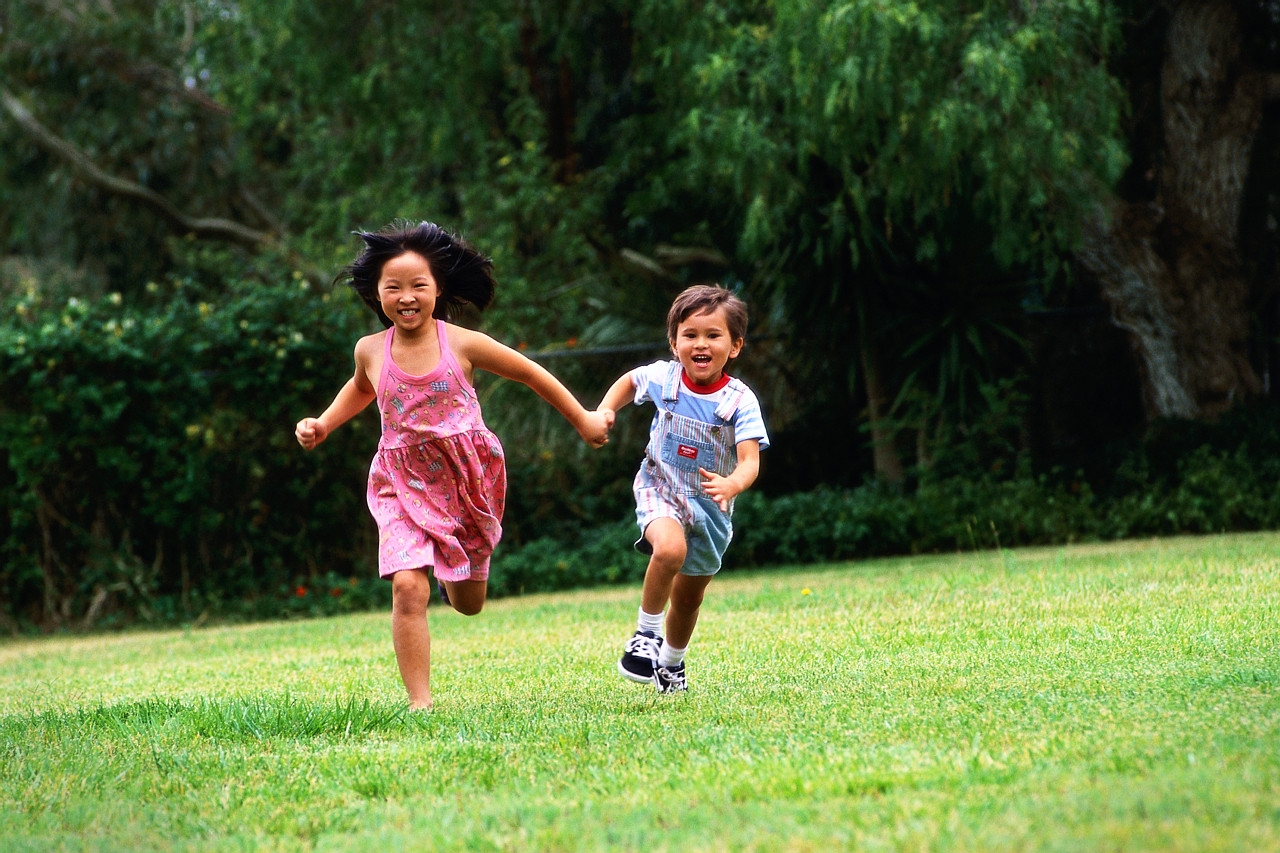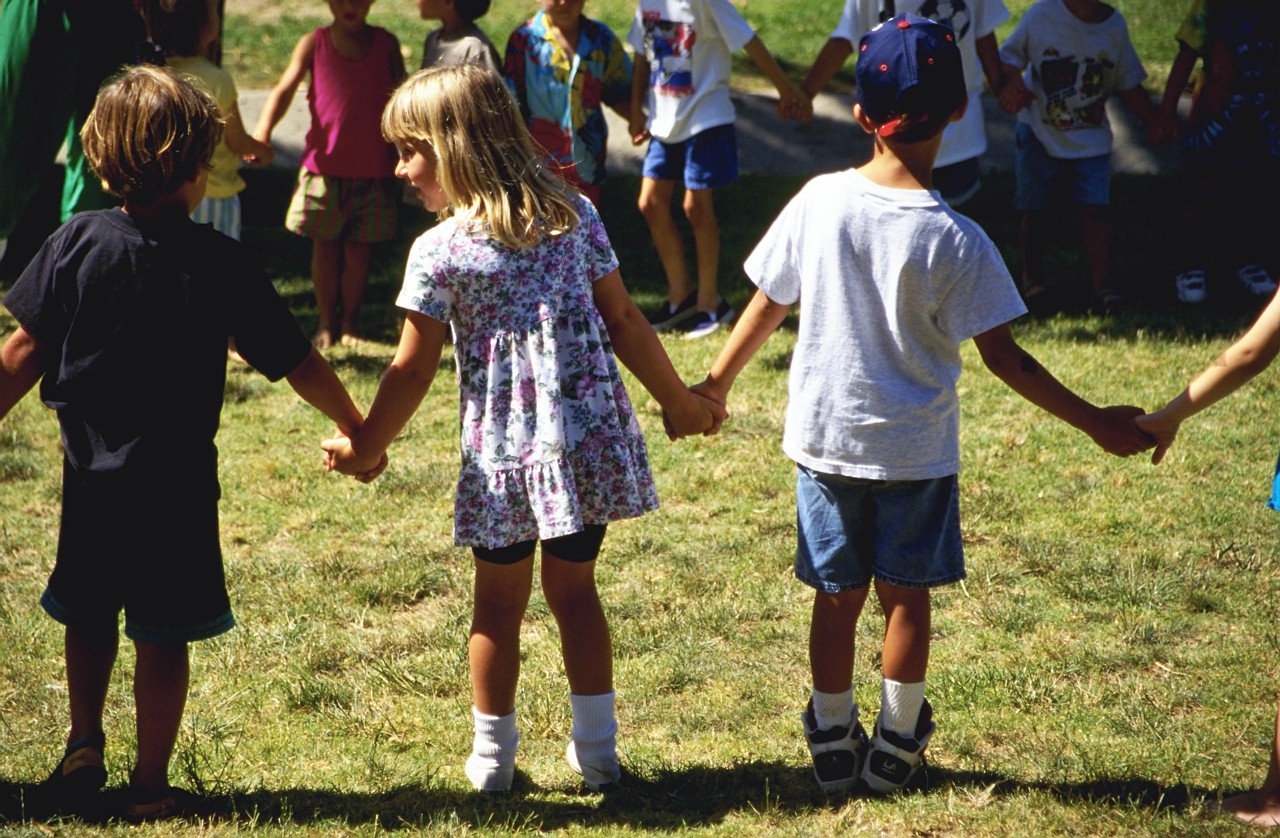Learning Outside the Classroom – Primary School Ideas

 Outdoor learning is part of everyday activities in nurseries and other Early Years setting, however when children move onto Primary school there is often a decrease in the amount of time spent outdoors – especially in a learning capacity.
Outdoor learning is part of everyday activities in nurseries and other Early Years setting, however when children move onto Primary school there is often a decrease in the amount of time spent outdoors – especially in a learning capacity.
With that in mind here are some ideas to help you take your Primary school lessons outdoors:
Geography
One lesson which can easily translate from indoor learning to the outdoors is geography. As geography aims to help children to make sense of their surroundings and learn about different environments, the school grounds can be a great starting place – presenting pupils with a miniature environment they can study and learn from. Some great activities to try are map making – pupils can make the school and the grounds, or use maps to move around the grounds.
Getting outside also allows children to experience the UK’s ever changing weather first hand and observe the seasons and nature and experience and observe phenomena in nature. For younger children, try to take the children outside in the playground and read some poems or lyrics from songs which talk about the wonders of nature. Some ideas could be: Daffodils by William Wordsworth, or What a Wonderful World by Louis Armstrong. Encourage children to use their senses, although be sure to advise against tasting anything and make sure everybody is aware of other hazard, such as stinging nettles and where they are allowed to roam to. Providing equipment such as magnifying glasses, or paper and crayons to do bark rubbings can help enrich the lesson further.
Mathematics
Use the larger outdoor space to allow pupils to examine shapes – these could be drawn on the playground floor in chalk, or cut out from large bits of paper or card. It’s best to use a dry day to attempt this activity as rain to stop rain washing the chalk away or making the paper soggy, if you have a canopy you can of course do this activity under the canopy if it is raining.
The playground is also a great way to teach percentages or fractions, these can be shown by measuring or counting different characteristics of the playground – such as how many trees, bins or benches. At a more advanced level pupils could estimating and measuring the percentage of grass to tarmac/soft flooring
Art & Performance Arts
A playground mural is a great way to get the children outdoors, using their imaginative and working together to create something really special that can help brighten up the playground and make the children feel much more part of the space. Children can also use the space to draw from observation – such as the playground’s landscape, school buildings or the wildlife in the playground. Outdoor performances by visitors or school groups also can create a more relaxed and freer aspect of drama, whilst making music outside can create a greater sense of freedom and children can use their surroundings to inspire their music – such as bird song, or the wind. Natural materials, or recycled materials in the outdoors can be used to make simple musical instruments. Outdoor music making and singing can be incorporated into many lessons – such as when studying religious festivals, or “stately occasions” that use music in an outdoor environment.
English
The school grounds can provide rich language experiences – particularly sensory and concerned with observation. Asking questions about what the children see and hear, and touch and smell can help expand their vocabulary and open children up to nature. For other children you could ask them to write a poem about the weather or perhaps a creature they found in the playground.
Science
Consider purchasing a weather station or a sun dial which children can use to observe and record different weather, seasons or sun positions and times.
If you have a pond or a large area of plants a lesson outdoors pond dipping or examining the plants and discussing what the children find can be very useful and interesting. A project for older pupils could be to do a tree study – assign a tree in the playground to small groups of pupils and ask them to study the tree and create a booklet about it. They could create things such as a map of the playground and plot where their tree is; do some drawings of the tree, and any wildlife that lives in the tree; conduct some research about the type of tree and do bark rubbings and leaf prints.
Other outdoor science studies could involve looking at the forces, or flight – such as using rockets, or parachutes, and investigating movement. Projects focusing on sound can also be useful to do outdoors, as you don’t have to worry about disturbing other classes; echoes or how far sound travels are great things to experience in the outdoors.
Information Technology
The outdoors can even be integrated into IT lessons. Students can use computers to record data they have collected and then correlate and manipulate the data to assist in developing ideas. If you school has more portable technology such as tablets, these can be used to take photos outdoors and then upload these to the computer and work on them to create artwork or add them to projects to illustrate their findings.
Playtime
Outdoor play is often just as important as learning – children learn through play and also develop a range of physical and social skills. An outdoor environment is a lot less restricting and so children often relax and engage more in such environments. During this outdoor play time children can explore their own capabilities and limitations, manage risk and start to understand social customs through a mix of trial and error and imitating others. It also gives them opportunities to develop and exercise their imagination.

Providing outdoor play and learning all year round
Incorporating the outdoors into your lessons can add an extra dimension to your teaching, yet the weather often means that children can’t stay outside for long periods of time, particular if worksheets are involved as they can get wet and unusable very quickly. One solution is to have a canopy installed, a product such as our Coniston provides cost effective cover from the weather, and unlike an extension the openness of the structure maintains the feeling of being outside and connected to nature. If you would prefer to create an outdoor classroom away from the school buildings- or if your buildings cannot have structures fixed to them, then a free standing canopy is also an option – we have a variety of free standing canopies including timber canopies and tensile fabric structures.
To find out more about our canopies download our brochure for free:
Able Canopies Ltd. design, manufacture and install canopies and shade structures
at schools, nurseries and educational settings to enable year-round
Free Flow Outdoor Play and Outdoor Learning.
For more information please contact us
Follow us on our social media accounts for the latest funding advice, new products & latest news:
Twitter | Facebook | Google + | Linked In
Categories
- Canopies for Architects & Contractors
- Canopies for Healthcare
- Canopies for Restaurants, Bars and Hotels
- Canopies for Retail & Commercial
- Canopies for Schools
- Canopies for Sports & Leisure
- Canopy Maintenance
- Case Studies
- Cool Links & Facts
- Cycle Parking Solutions
- Dates for Your Diary
- Eco-Friendly Holiday Crafts
- Employee Spotlight
- Environmental Tips
- Funding and Fundraising
- How to... Get the Most out of Your Canopy
- Latest News
- Latest Stories
- Lockdown Outdoor Learning & Play Ideas
- MD News
- Newsletters - Architects & Contractors
- Newsletters - Schools & EYFS
- Outdoor Learning
- Outdoor Play
- Planning Your Cycle Parking
- Product Focus
- Solar Carports
- Spring Fundraisers 2017
- Summer Shade
- The Good Canopy Guide
- Wall Mounted Canopies












